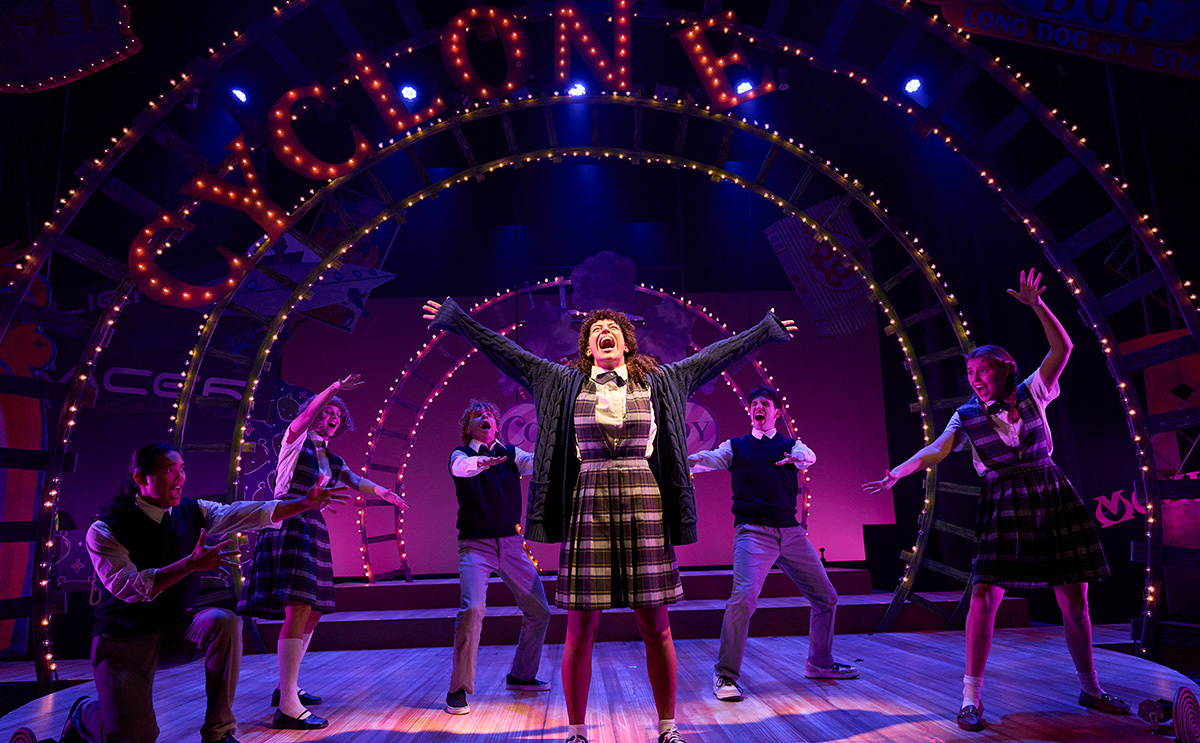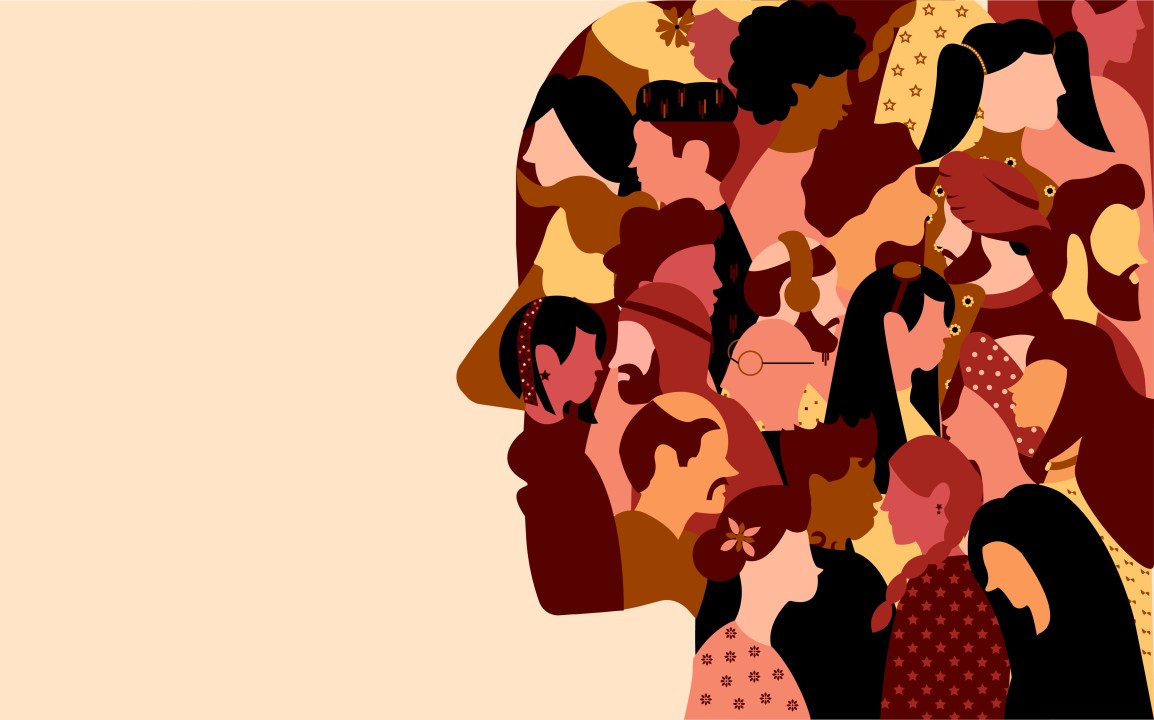The Allure of Myths and Legends
Myths and legends have captivated audiences for centuries, offering timeless insights into the human experience. Their universal themes and archetypal characters resonate deeply with readers, transcending the boundaries of time and culture.
Echoes of the Past
Archetypal heroes like Hercules or Odysseus continue to capture our imagination because their stories speak to the battles we all face. When modern authors draw on these old tales, they don't merely retell a story; they breathe new life into it while connecting it with relevant contemporary issues. For instance, a modern narrative might parallel Hercules' twelve labors with a protagonist confronting today's challenges, such as personal growth or overcoming adversity. This interweaving of past and present infuses the story with layers of meaning, making it more enriching and relatable to audiences today.
Exploring Complex Themes
The framework of myth offers a rich soil for exploring modern dilemmas. By integrating mythic motifs into current narratives, writers can delve deeply into topics like identity, societal pressures, or existential crises. Consider a novel set in a familiar urban landscape, yet populated by characters and stories echoing Greek and Norse myths—heroes navigating the intricacies of modern life while wrestling with timeless existential questions. This blend allows authors to repaint old stories, challenging readers' perceptions and encouraging empathy in a complex world.
Connecting Past and Present
The resurgence of myth in contemporary storytelling highlights its adaptability. Traditional tales are reimagined to comment on today's world, portraying universal experiences like love, ambition, and destiny. By viewing these enduring stories through a modern lens, writers offer introspection into our shared humanity. An ancient myth like Icarus' flight becomes a canvas for discussing the implications of unchecked ambition in the digital age. Such reinterpretations illuminate the perpetual relevance of these narratives, fostering a deeper understanding among diverse generations.
Storytelling's Ever-Changing Landscape
The evolution of storytelling recounts not only the history of narrative techniques but also humanity's ongoing quest for connection and understanding.
Challenging Traditional Forms
Today’s writers are redefining the narrative process by experimenting with fragmented time, diverse perspectives, and unreliable narrators. This progression reflects our world’s complex, multi-faceted nature. Imagine a story that weaves the lives of several characters across different timelines, each perspective offering a unique angle on the central narrative. This challenge to conventional storytelling invites readers to engage actively, piecing together the mosaic of plots and unveiling the multiplicity of truths.
Genre-Bending and Hybridity
As authors push creative boundaries, they venture into uncharted storytelling territories by blending genres. This genre hybridity allows explorations of themes within fresh contexts, such as combining detective stories with supernatural elements or setting romantic tales against dystopian backdrops. Such creativity provides new perspectives, challenging readers to confront familiar tropes in innovative formats, ultimately offering a richer narrative experience.
Addressing Social Issues
Modern narratives often embrace storytelling as a vessel for social change, addressing pressing societal issues and driving conversations. Literature that highlights environmental concerns, inequality, or diverse identities promotes understanding and sparks dialogue. By wrapping these issues within engaging plots and relatable characters, storytellers can create powerful mirrors reflecting society’s challenges and prompting introspection and action.
Influence of Classic Authors
Question and Answer
-
What are narrative archetypes, and how do they contribute to storytelling?
Narrative archetypes are universal patterns or models in storytelling that represent typical characters or situations. These include figures like the Hero, the Mentor, and the Trickster. They contribute to storytelling by providing a familiar framework that audiences can easily understand and relate to. Archetypes help in creating compelling narratives by tapping into shared human experiences and emotions, making stories resonate across different cultures and time periods.
-
How does character development enhance a narrative?
Character development is the process through which characters undergo growth or change throughout a story. This evolution makes characters more relatable and believable, allowing audiences to connect with them on a deeper level. Well-developed characters often face challenges and make decisions that drive the plot forward, adding complexity and depth to the narrative. By experiencing the characters' journeys, readers or viewers are often prompted to reflect on their own lives and personal growth.
-
Can you explain the role of symbolism in literature and how it adds depth to storytelling?
Symbolism in literature involves using objects, characters, or events to represent larger ideas or concepts. This technique adds depth to storytelling by imbuing the narrative with layers of meaning beyond the literal. For instance, a journey might symbolize a character's personal growth, or a storm might represent internal conflict. Symbolism encourages readers to engage with the text on a more interpretative level, uncovering hidden messages and themes that enrich their understanding of the story.
-
How has the genre of storytelling evolved over time, and what impact does this have on modern narratives?
Storytelling has evolved from oral traditions to written texts and now includes digital media. This evolution has expanded the ways stories can be told and experienced, incorporating multimedia elements and interactive features. Modern narratives often blend genres and experiment with structure, reflecting the complexity of contemporary life. This evolution allows for more diverse and inclusive stories, making literature more accessible and relevant to a wider audience. It also challenges traditional storytelling norms, encouraging innovation and creativity.
-
What is the significance of myth reinterpretation in contemporary literature?
Myth reinterpretation involves adapting ancient myths to address modern themes and issues. This practice is significant because it bridges the gap between past and present, showing the timeless nature of mythic themes. By reimagining myths, authors can explore contemporary concerns such as identity, power, and morality in a familiar yet fresh context. This not only revitalizes classic tales for new audiences but also provides a platform for examining current societal values through the lens of ancient wisdom.








